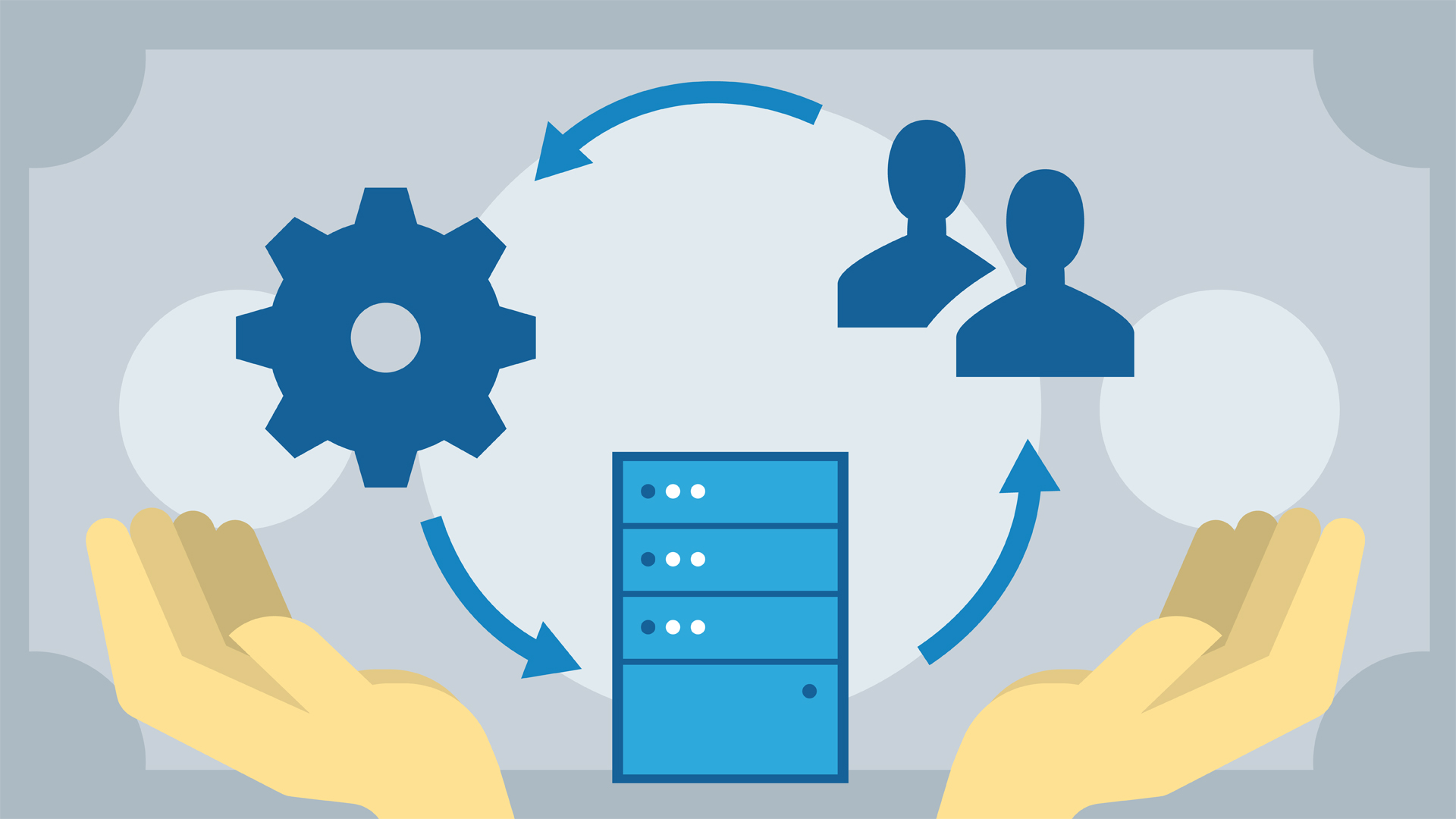Rohit Kamat, Program Manager at Zeta, talks about his experience as a program manager and key learnings from his time at Zeta. He talks about topics such as stakeholder management, defect management, and key learning from sprint and scrum planning.
Stakeholder Management
When working on a project, managing your stakeholders is just as important as managing your deliverables. Unless you identify, analyze, plan, and review your stakeholders, you would not know who these people are, what they are responsible for, and what their expectations are from the project and you.
Similar to how you do not want to over-assign tasks to people working on your projects, it is also important to not burn yourself out talking to a lot of people. As a program manager, you must know how to prioritize stakeholders and derive the most value from interactions with them.
There are multiple approaches to identify and prioritize stakeholders, let us take a look at 2 of these.
- Power Interest Grid
- Stakeholder Salience Model
Power Interest Grid
This chart maps the authority or power of stakeholders against how much interest they take in the project. Based on the X and Y axis, we can decide what type of information a stakeholder would need and what type of engagement we would want to have with them.
Stakeholder Salience Model
This chart maps the types of stakeholders against power, legitimacy, and urgency.
Explainer video- https://zeta.ap.panopto.com/Panopto/Pages/Embed.aspx?id=de7b601b-1906-45e3-8481-ad21007ef87f
Key Learnings from Sprint and Scrum Planning
We know how important sprint and scrum planning is in any organization. What we don’t talk about is its implementation. Poorly planned and executed sprints could hamper progress, rather than streamline it. For example, having someone who is not part of the team plan a sprint could be a recipe for disaster.
Explainer video — https://zeta.ap.panopto.com/Panopto/Pages/Embed.aspx?id=d114e9e9-c3b1-4f95-8c22-ad21007f4b01
Below are some key learnings from sprint planning:
- To change the system you have to be part of the system.
- Reflect → Tune → Adject. Revisit your scrum practices often and make changes as needed. If something works well, figure out why it has worked well and how it can help other aspects of the scrum. If something is not working well, fix it.
- The key to early and continuous delivery is communication and transparency.
- Your scrum or sprints do not have to align with those of your clients. Do not force this.
- Do not divide scrum teams into smaller teams.
- Achieving a velocity target should not be the objective of a scrum. It should be to find new/different ways to achieve it.
- Rituals do not make you agile.
Defect Management
How well you manage defects defines your last-mile delivery success. Listed below are some ways you can track defects.
- JIRA Dashboards help you list and track defects.
- Triages help you understand the priority of defects.
Explainer video — https://zeta.ap.panopto.com/Panopto/Pages/Embed.aspx?id=a0b1ac42-a7df-40e3-8b14-ad21007f4f9d
Conclusion
Program management is a critical role in any organization that requires you to interact with various stakeholders across multiple disciplines. Your ability to obtain the required information from these stakeholders while keeping them informed about progress is essential to the smooth functioning of a team and ensuring deadlines are met.
Speaker: Rohit Kamat
Blogged by: Hemchander Gunashekar
